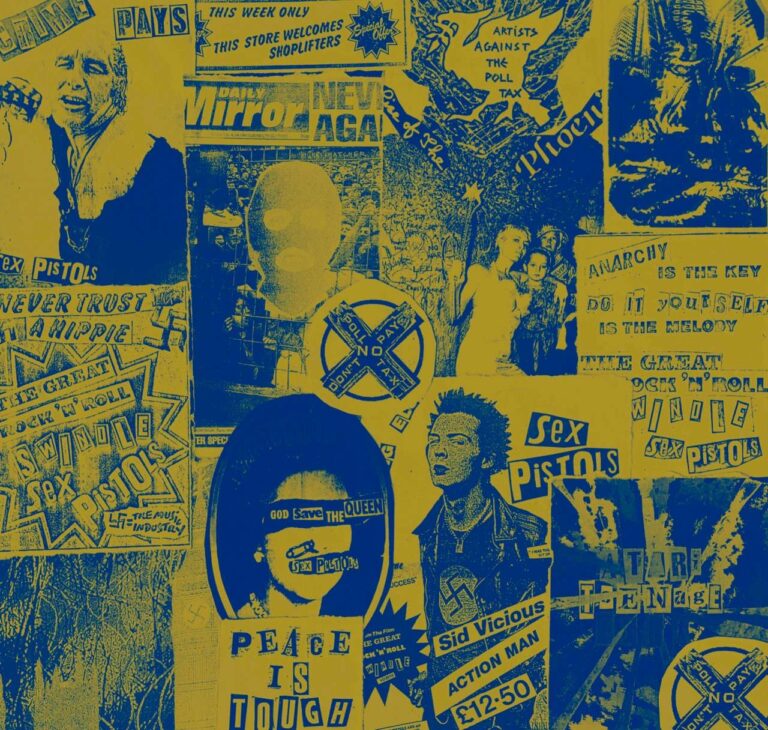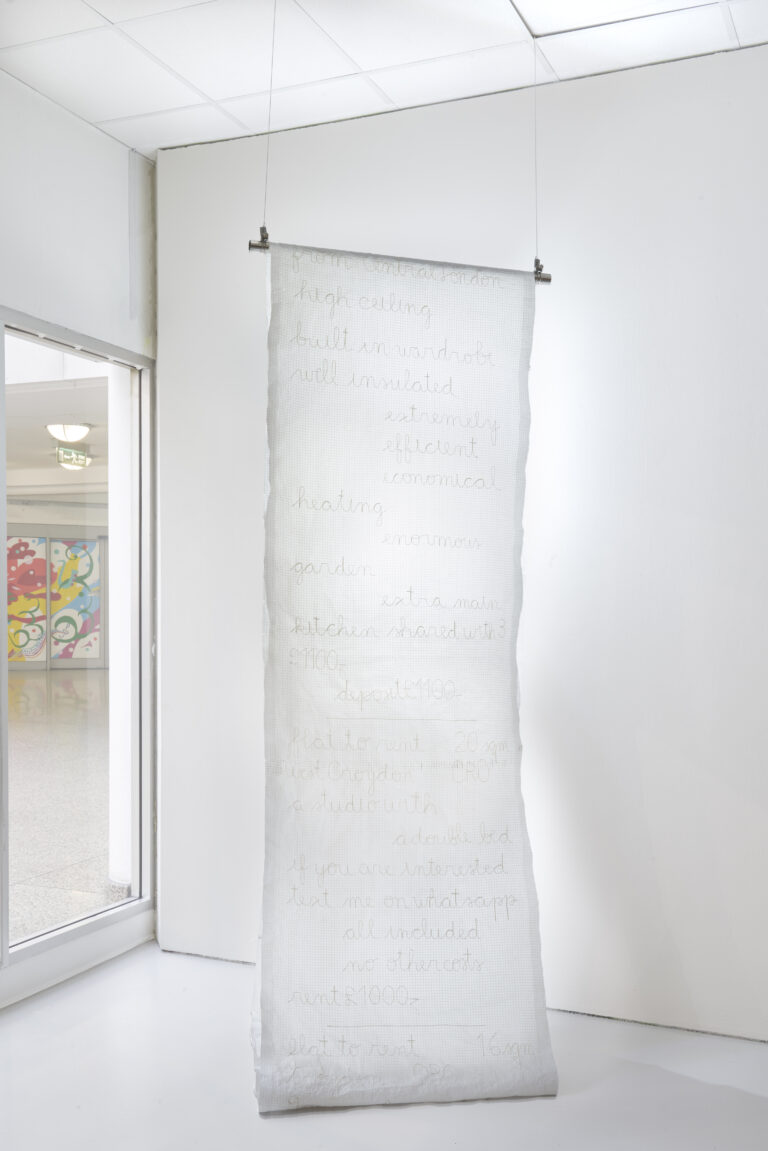Each year at Turf since 2018, we’ve opened our doors to critical reflection via our annual review. This week-long process brings team, collaborators and the public together to critique and influence Turf’s processes, programme, spending, and decision-making.
2024’s review took place over the course of several days last Autumn. Attendees can view and dive into our full budgets and plans for the coming year in reference to the year that’s passed, considering successes and challenges across commissioning, accessibility policies, staffing & processes.
We begin every annual review by revisiting our activity across Turf’s programme strands. What did we say we’d do and what did we do? What went well, what didn’t go so well? Did we commission those who need it most?
We split what we do into ‘strands’ to give things a bit of structure and help us think about how people might take a route through the organisation at different stages of life & career.
Increased numbers across youth programmes
Introduced new members/attendees
Reached schools + delivered schools workshops
-Larger SEN reach
-Increased number of Consultancies
In 2024;
We try to talk about long-term goals quite early in the process so that they provide a basis for what we plan, but it can also work the other way and be informed by discussions throughout.
Our curatorial themes were Demystification in 2023-24 and Permanence (2024-25), and now, we move towards ‘Legacy’ in 2025-26. This upcoming year will focus on:
Our data was impacted by the switch to matching NPO data requirements, meaning the accuracy against our historical data on some fields is now a bit less (e.g age groups changed!)
Some areas are getting more diverse (global majority, first timers, disability status), some less (ages). We need to focus on getting more detailed audience feedback on exhibitions themselves and our Sow & Grow strands.
Turf has a programming ‘Hopes and Dreams’ bucket where staff (and others!) can drop in ideas for future projects. Some ideas from the bucket this year included:
We asked team & peers to feed in.
For all the above, provide holistic, practical support.
It was flagged it can be hard to know how to translate what we do for people who want to get involved & get support. When visitors come in and ask what we do and how can they show their work in the gallery, what do we tell them?
Then; what would be the ideal, if we had unlimited time and resources and wanted to offer a route so that anyone walking in could one day build up to a solo exhibition in the space? What would that look like?
We agreed to consider the language we use, to make it transparent and everyday. Potentially creating a ‘how to get involved / support for artists’ page on the website, modelling a few different artist’s journeys through Turf. (This page is now live on our website here!)
Studio members don’t find our commissioning transparent currently.
We flagged three strands to support; emerging artists who already know about art, people who are completely new, and people who know a little but need to see what it’s like professionally.
Work w/ non-artists / non arts disciplines feels important – art is not part of their world, have to take it to them. It can also result in more interesting outcomes.
Should there be rules about commissioning people if we know them personally on the Turf team?
The group agreed that it’s about intent, and it’s important to be transparent, with board involvement if and when there is a potential conflict of interest. Knowing people and sharing opportunities is good, as long as we ensure it’s not an insular / members club vibe!
How can we make clearer / formalist what we offer for studio members in terms of support? E.g Letters of support, fundraising support. How can this develop with the studio members programme?
It’s noted that the studio programme is trying to model transparency, but it can be difficult with workload. (It’s often the case that in those situations workload can fall disproportionately on some. The group project effect!)
We discuss revisiting the paid role for studio members to coordinate the programme.
We discussed external / cold call proposals for shows and how they work. Should we support people we’re having convos with already, or people who come cold seeing an opportunity?
RCE’s ideal world would be where we could take someone from the moment of enquiry to putting on a solo exhibition.
Look into how we do artist development
This review had a heavy focus on our internal pay structure, workload balance, and governance. We want to take care of each other so we can continue to provide opportunities for others, whilst also knowing we have to strike a balance with what we can afford.
We haven’t finished this dicussion yet. We’ve had a session with an amazing HR specialist weighing up the pros and cons of different options and structures, with our second session in early March to finalise decisons.
All were asked this question to help CoDirectors reflect on their role and how to best support the team.
Accountable, liable
Vocal
Approachable
Supports learning and team members to grow > upskill/manage/teach staff how to keep things running! > relinquishing ego to a degree
Practices what they preach / ethos on their way of leading
Personally identifies with the ethos too
Turf’s vision / dreams about its future
Keeps overview
Problem solver
Wealth of Turf knowledge
Point of consistency / stability
Kind, compassionate, committed to provisioning access and equality in the arts
Tackles the hard stuff
Protects organisation and staff
Person to confide in / look to for support related to work
Manager?
Fundraising
Knowledge of whats happening in the building, who staff is and what they want to do
Plans for past, present, and future
Patient
Being excited about what they do and what Turf does, care about
Be themselves (whilst also representing the organisation), this does not go against professionalism!
Does a staff member’s bad day trump a Co-director’s bad day?
Building/nuturing transparent structures
Sees care and access as verbs not adjectives > practical! Asks “Why?”
Working with Trustees to support Turf’s legacy
Accessibility remains at the heart of Turf’s ethos. Discussions reinforced the need to integrate access considerations into artist contracts and exhibition planning, rather than treating them as afterthoughts. Key themes from our internal review included:
Addressing physical barriers like stair access and clearer signposting.
Providing dedicated quiet spaces for visitors and team members.
Strengthening funding support for artists with access needs.
Ensuring a welcoming and supportive environment remains a core strength of Turf.
MH – we’ve learnt this year that we might need to focus on the audience we already have, than new audiences, as a small organisation.
Focusing on looking at barriers to regular audiences
Working Access into artist contracts & exhibits – part of planning process (not an add-on)
Integrated into everything – physical and digital
Ensure we invite artists w/ access needs and support them to exhibit
We recently did a review of access within the team. Key themes;
Stairs
Lack of signposting, semi-open spaces
Support workers (with funding)
Quiet space to be / work
Friendly & welcoming was a positive, as were exhibition access provisions
We reviewed finances for 2024-25, explaining to non-team attendees what different parts of the budget were and how it worked.
At Turf we’ve increasingly been asked to share our expertise while generating unrestricted income. We’re developing this into an offer for consultancy, with a goal of generating £50k income for 2025-26. The main non-negotiables for the team were that this work has to be viable, not take resources away from our primary goals, and that collaborators have to shared our values.
This year’s review reinforced the importance of community-driven decision-making and our responsibility to support emerging and underrepresented artists in meaningful ways.
We invite everyone to continue shaping Turf’s journey. If you have thoughts, ideas, or want to be involved, we’d love to hear from you.
Share:


